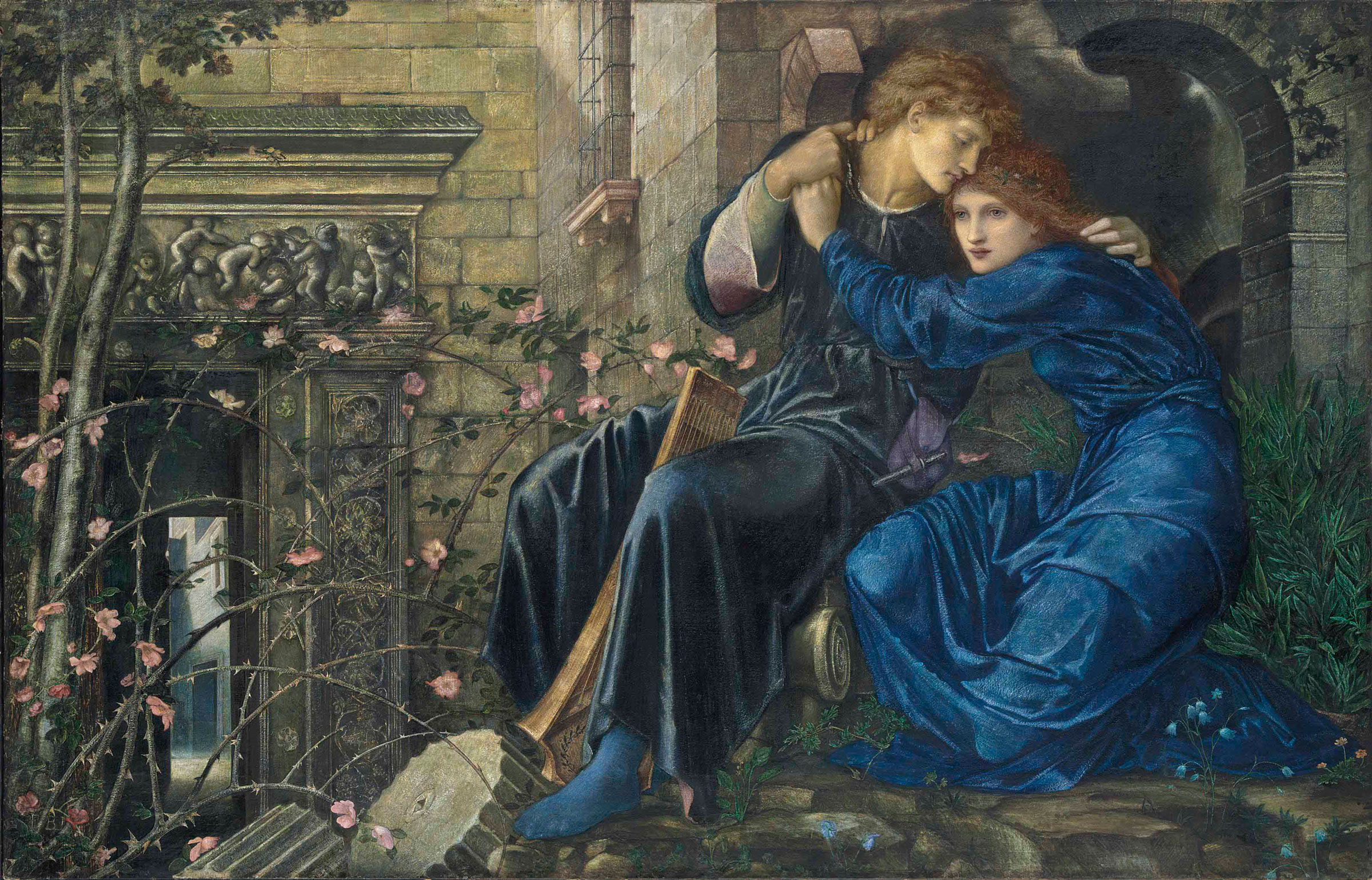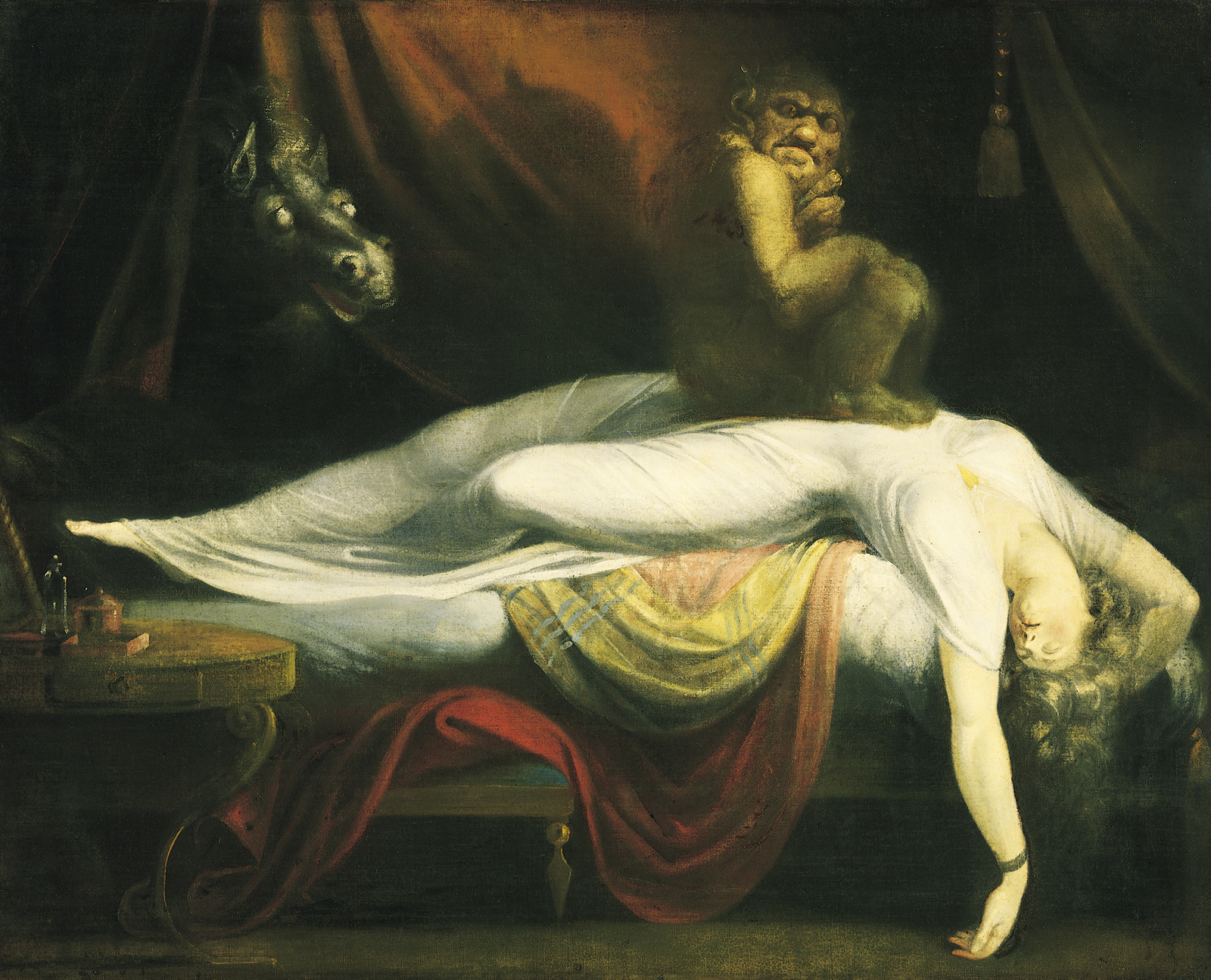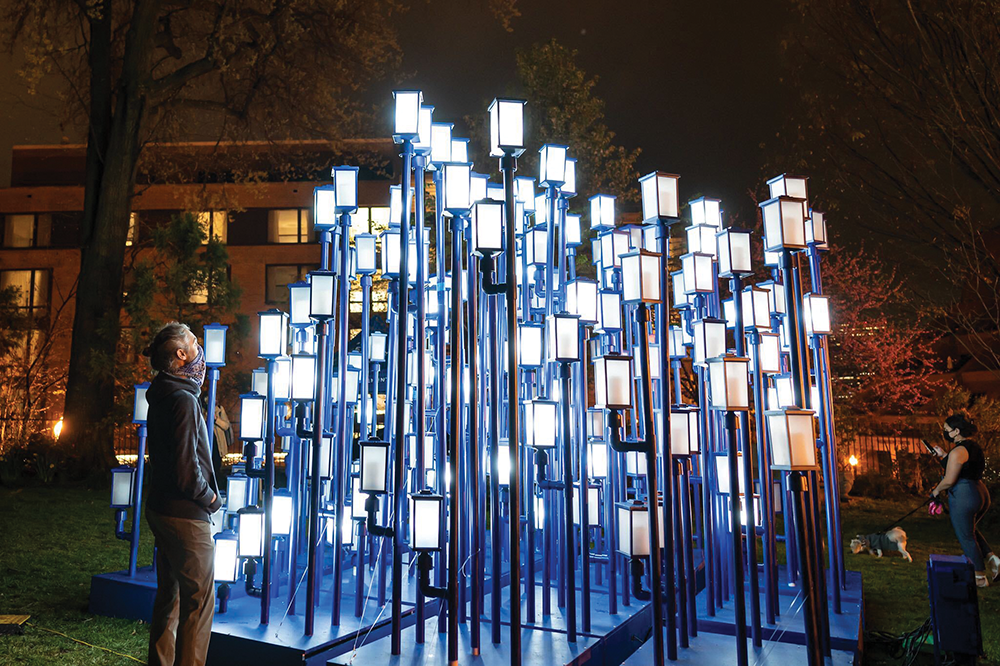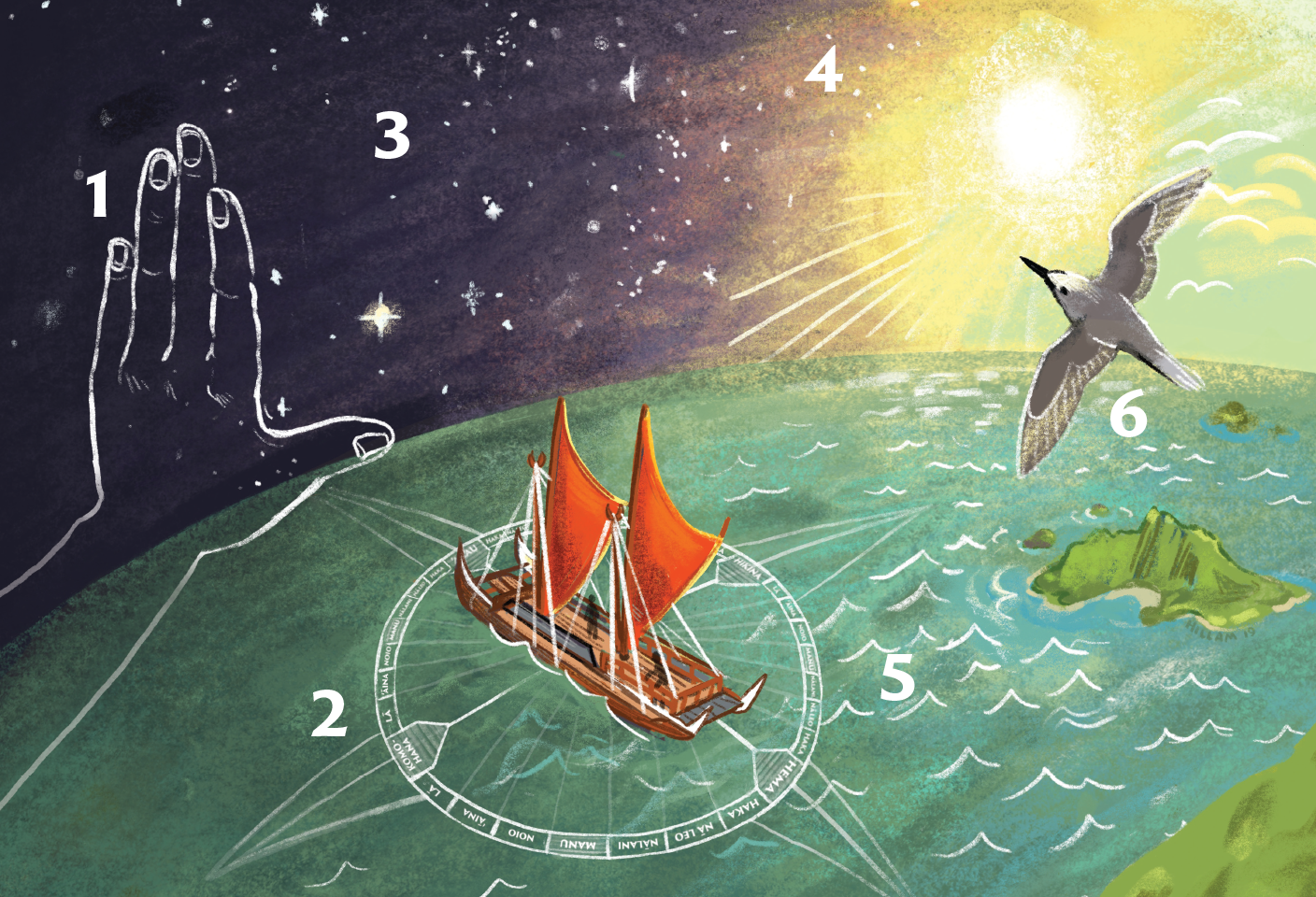Do you know Beautiful Romantic Dreams? In the words of Fiona MacCarthy, the Victorian painter Edward Burne-Jones was once forgotten but is now a star. Let us find out what’s so great about this artist’s dreamy works.
Beautiful Romantic Dreams: The Out-of-Style Years: From Bargain Auctions to Record-Breaking Sales

Around the middle of the 20th century, Burne-Jones’s art was sold for very little money. Things were different in 1998. The fact that Love among the Ruins broke sale records shows how popular Burne-Jones had become. Christie’s Harriet Drummond says that Burne-Jones, like the Pre-Raphaelites, had a hard time when his style wasn’t in style. Today, though, he’s back in the news.
Beautiful Romantic Dreams: Fantasy and Pop Culture: The Burne-Jones Comeback
Alison Smith says that shows like “The Lord of the Rings” and “Game of Thrones” are to blame for Burne-Jones’ current rise in popularity. Romantic but the artist’s resurgence in popularity was shown in the Tate Britain’s first show in more than 40 years, which included 150 works.
Beautiful Romantic Dreams: What did Edward Burne-Jones do? A Londoner with Dreams
Burne-Jones was born in 1833 and grew up in Birmingham. He dream of a world that not affected by the Industrial Revolution. Instead of going into the church, he became deeply involved in art. Being friends with William Morris and John Ruskin made him want to bring magic into a world that was polluted by business and industry.
Moments of Progress: From Drawings to Easel Paintings
During the 1870s, Burne-Jones switched to drawing on an easel and became famous at the Grosvenor Gallery in London. Luna, The Golden Stairs, and King Cophetua and the Beggar Maid all became well-known works. Love among the Ruins, which featured Burne-Jones’s muse Maria Zambaco, looked at their failed relationship.
Beautiful Romantic Dreams: Besides paintings, this artist is very versatile.
Burne-Jones did more than paint. As a “artist-artisan,” he worked with jewelry, pottery, tapestry, and other things. He worked with William Morris on some amazing projects, like The Adoration of the Magi tapestry. Burne-Jones thought that the lines between great art and decorative art should be blurred.
Stained glass and Seeing the Divine
Stained glass designs by Burne-Jones can be seen in churches in the UK. Paradise, with the Worship of the Holy Lamb, his most famous work, shows how he went from making sketches to making finished art. At a Christie’s sale, this huge piece sold for almost a million dollars.
Royal Recognition and Power for All Time
Burne-Jones joined the Royal Academy in 1885 and made a baronet by Prime Minister William Gladstone in 1894. He had an effect on artists on both sides of the Channel, inspiring Surrealists, Symbolists, and even Picasso. Burne-Jones died at the age of 64 in 1898. The Prince of Wales ask for a funeral service to held at Westminster Abbey in his honor.
Beautiful Romantic Dreams: Dreamers leave behind a legacy that lives on.
Once forgotten, Edward Burne-Jones is now a symbol of the return of art. His dreamy ideas, which can seen in paintings and tapestries, continue to move people and inspire artists all over the world.



